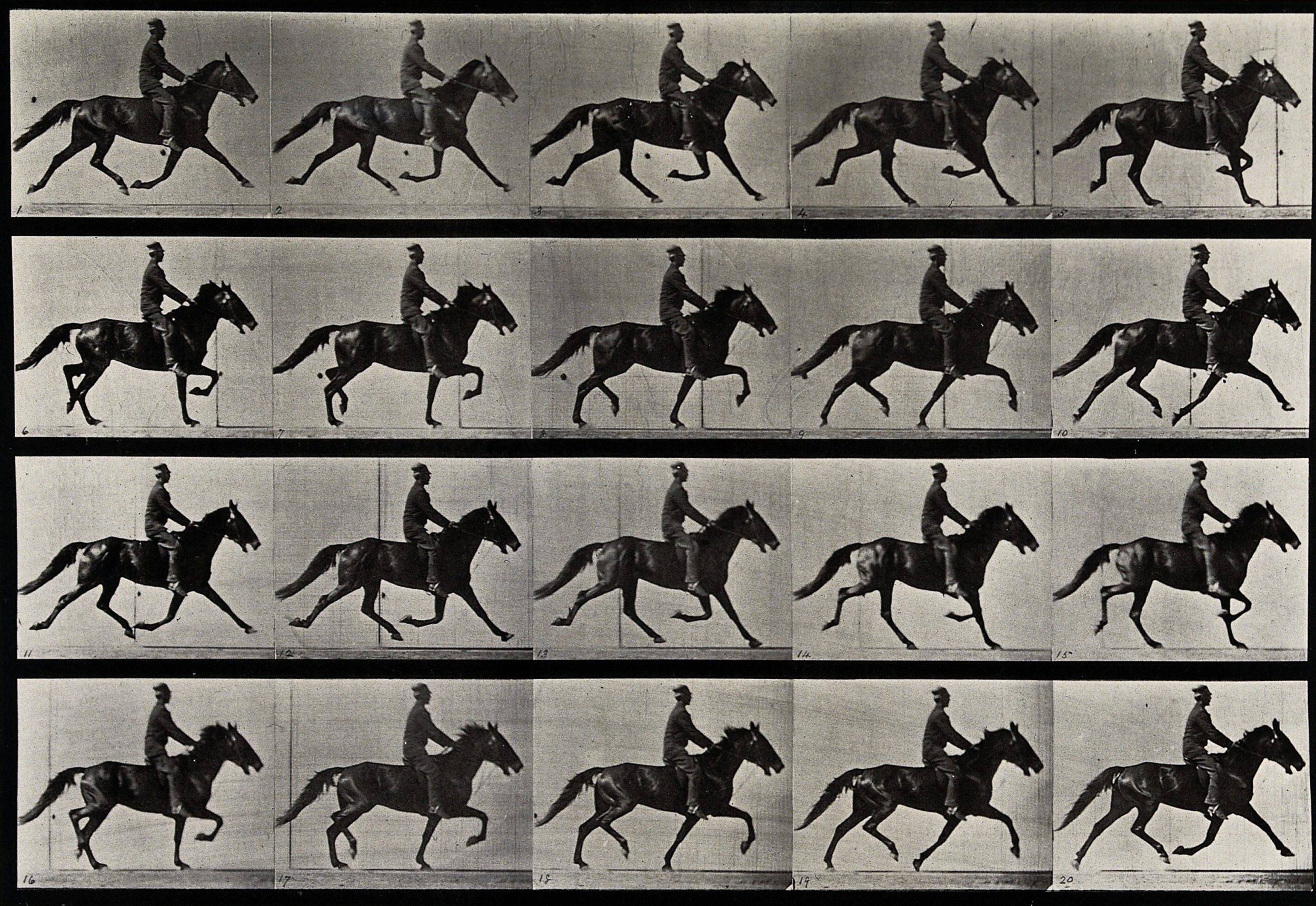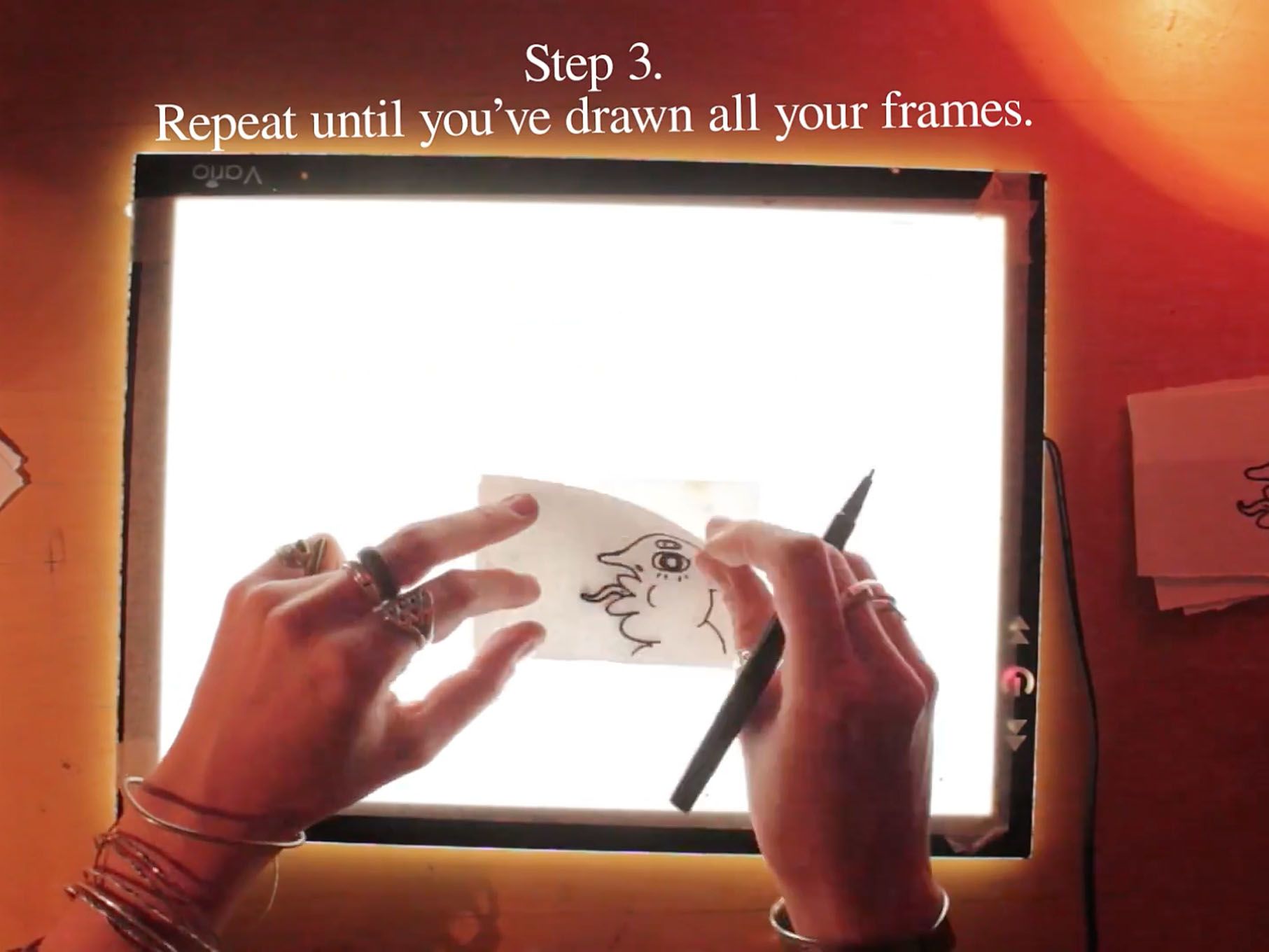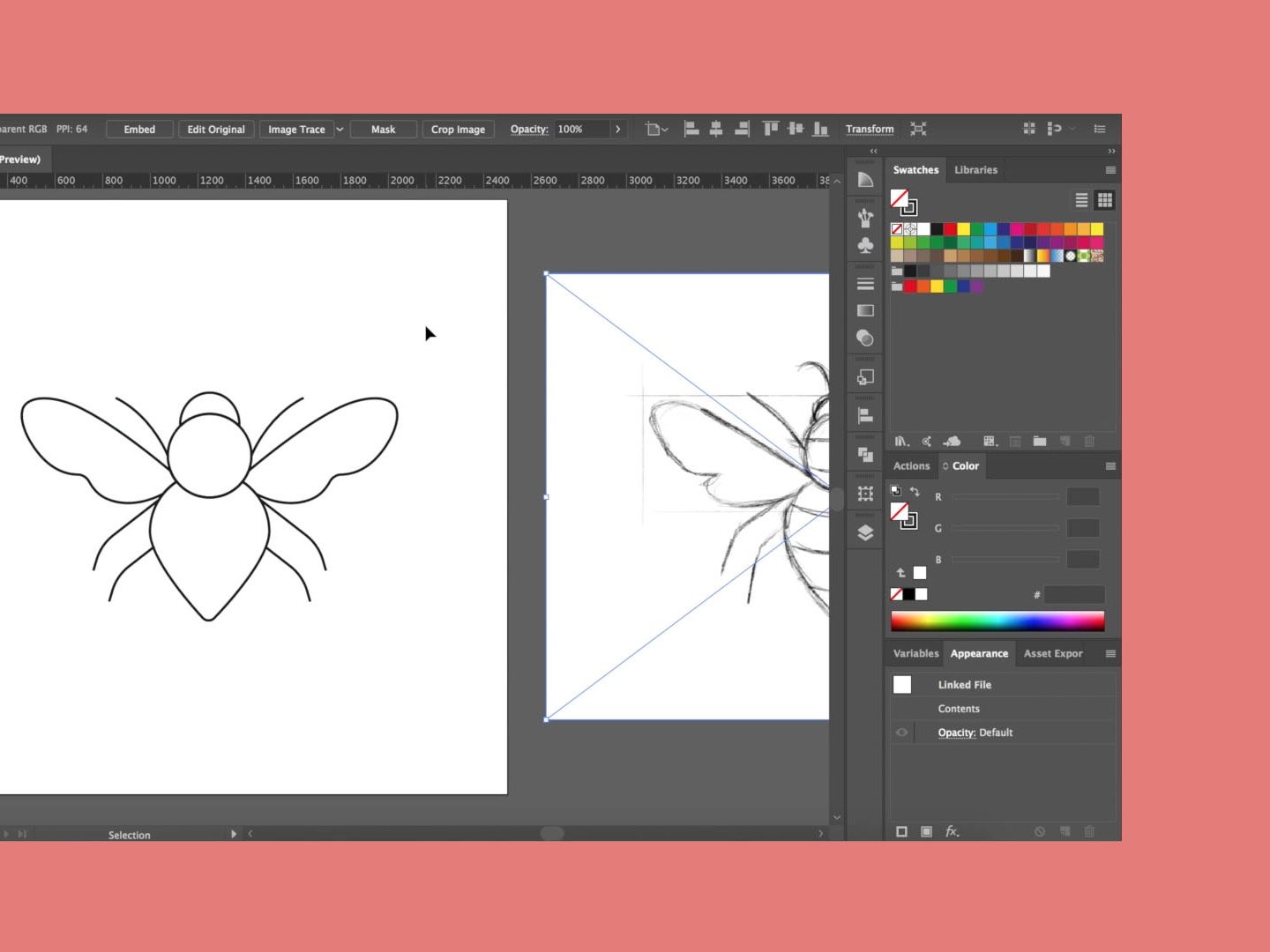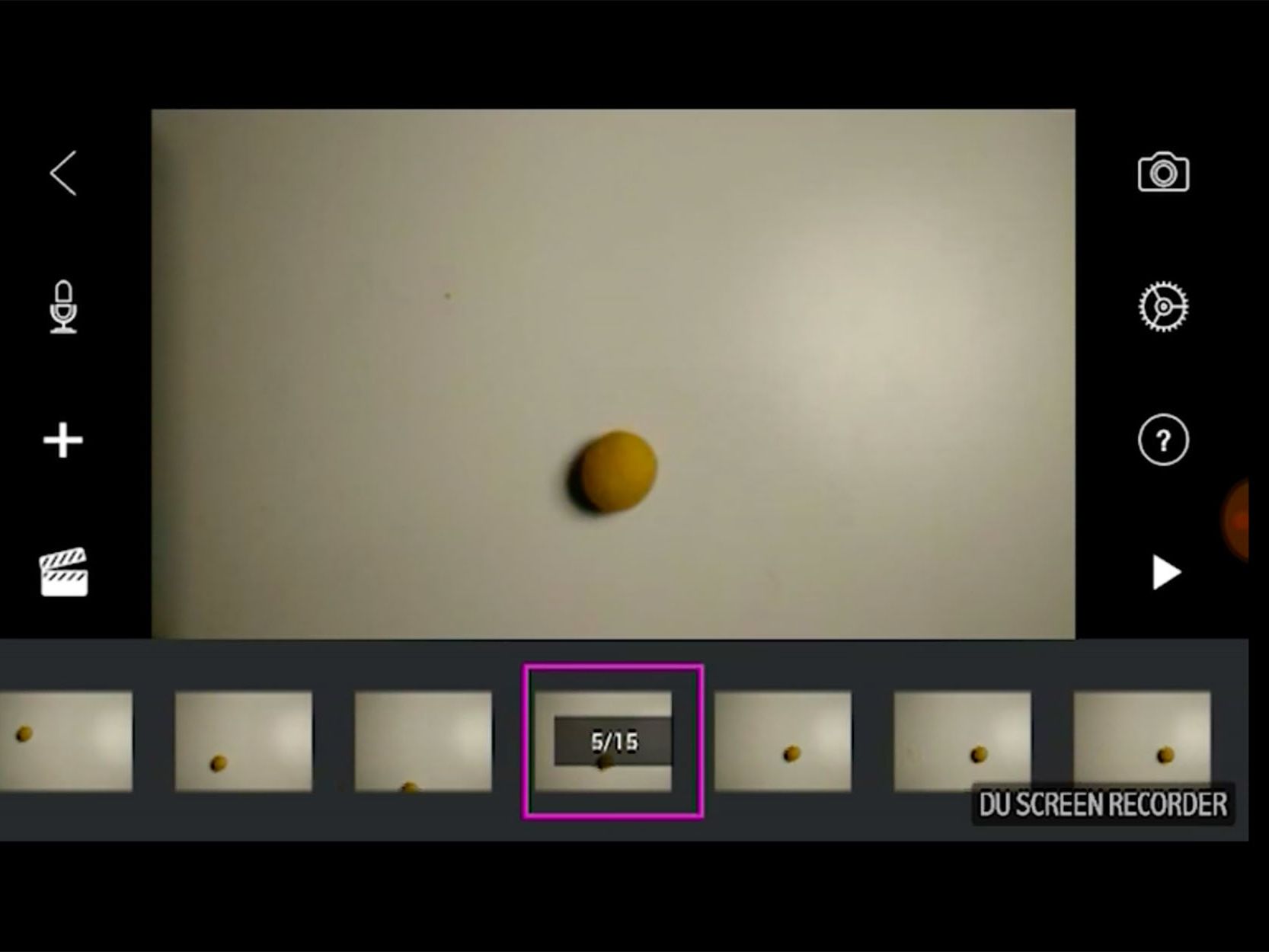Animation is the art of making inanimate objects appear to move. Since the 19th century this art form has developed into a huge industry that – along with film and visual effects (VFX) – supplies the entertainment and design world with products and experiences that can be enjoyed by people worldwide.
What we now see on our screens was originally created around the 1830s by experimenters making new pieces for Victorian parlours and the touring magic-lantern shows. That’s when the principal of ‘persistence of vision’ (when images of the different stages of an action shown in fast succession are perceived as a continuous movement by the human eye) was discovered which led in time to the development of cinema.
But leading up to this era, a range of intriguing analogue devices were invented that illustrated the wonders of animation in its most authentic form. Meet some modern-day creatives that have adopted analogue animation techniques to create unique movies without any cameras involved in the making of their work.
Ke Xu: Flipbooks
Don't disappear - Ke Xu
Video: ‘Don’t disappear’, 2018. Ink and rubber stamp on paper.
Juan Fontanive: Kinetic Sculptures
Ornithology E by Juan Fontanive
Video: 'Ornithology E’ , 2013. Collage on bristol paper, stainless steel, motor and electronics. 23 X 3.7 X 4 Inches.
Stephen Moir: Phonotropes
Manipulate 2016 Phonotrope Collage
Video: 'Manipulate 2016 Phonotrope Collage’, 2016.
Julia Chang: Phototropes
2015 Christmas Caketrope
Video: ‘Christmas Caketrope’, 2015.
Steven Woloshen: Direct animation

Stephen Woloshen is a Montreal-born artist making short experimental films using a direct animation approach. This technique involves an artist working directly on the film strip with brushes, pens, markers or etching into the emulsion with sharp implements. This mode of filmmaking requires no camera to form an image, and allows artists trained in traditional art forms such as painting and drawing to transfer their skills directly to film.
Bona Dona: Thaumatropes

Bona is an LA-born filmmaker working predominantly in 2D and stop-motion. She is a film and media special instructor at Dartmouth College in New Hampshire and also works as a freelance animator. These business cards she made in 2016 are a fun example of a thaumatrope — a scientific toy from 19th century, which consists of a disc with a different picture on each of its two sides. The images appear to combine into one image when the disc is rapidly rotated.




